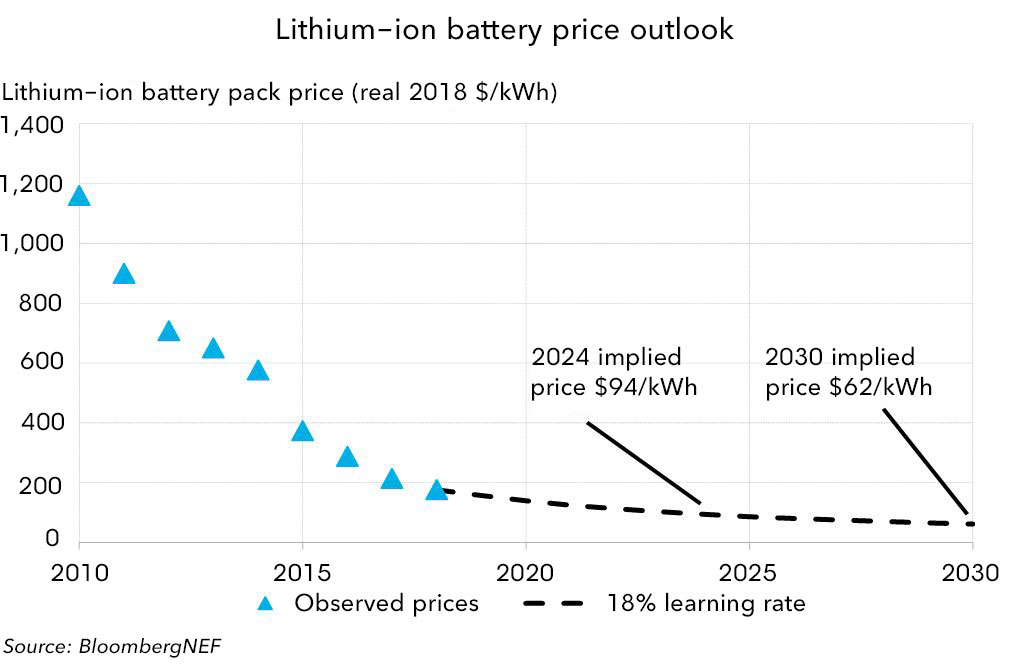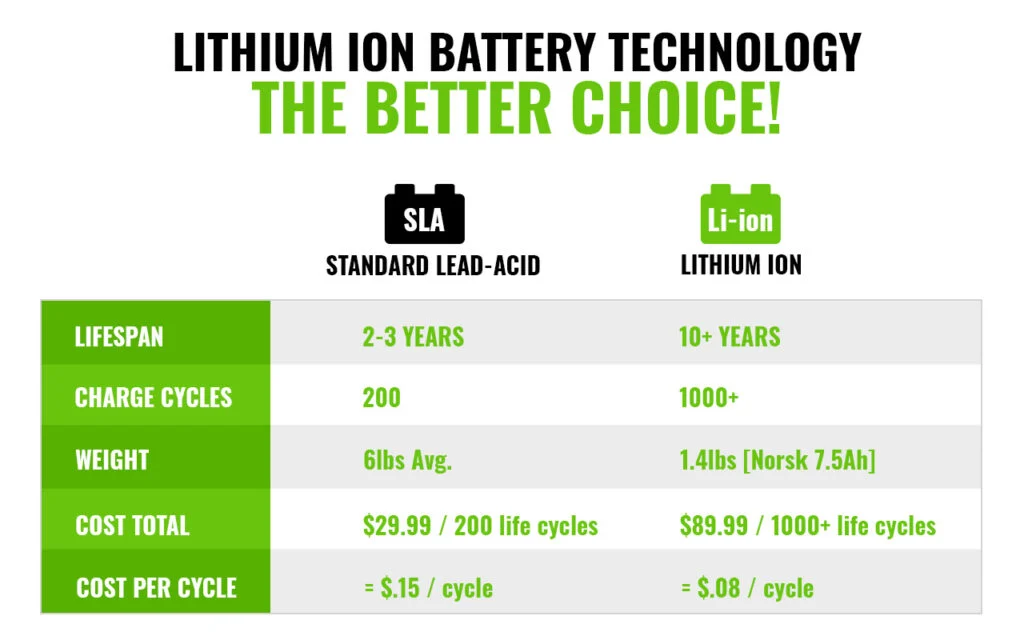Table of Contents
Understanding Lithium Battery Storage Costs in 2025
In 2025, lithium battery storage prices reflect material costs, tech advancements, energy demand, and regional policy incentives.
Factors Influencing Lithium Battery Storage Prices in 2025
Prices for lithium battery storage are being driven by a mix of global and local factors. Raw materials like lithium, cobalt, and nickel play a pivotal role in determining the final cost of a battery pack. As demand for renewable energy soars, so does the need for these critical components, influencing the market price.
Additionally, supply chain dynamics have a significant impact. Global events like shipping delays, regulatory changes, and labor shortages can quickly ripple through the battery storage market. Technological progress and economies of scale are slowly bringing costs down, but at the same time, new standards for safety and sustainability may add to manufacturing costs.
Incentives and regulations from local governments also affect the price. Regions promoting green energy and clean energy adoption tend to subsidize installations or offer tax credits, which help reduce upfront investment. Understanding these variables is essential to grasping why battery backup systems are priced the way they are today.
Keep reading to find out how battery technology, installation, and location affect your costs.
What Determines the Price of Lithium Battery Storage Systems?
The pricing of a lithium battery storage system is more than just the cost of the battery itself. It involves several interdependent factors including:
- Battery capacity: Systems with higher kilowatt-hour (kWh) capacity naturally cost more. A small residential battery backup system might be 5–10 kWh, while commercial setups can exceed 100 kWh.
- Power rating: This defines how much electricity the battery can deliver at once. A higher power output system costs more but can support larger loads or critical infrastructure.
- Cycle life: Batteries designed to handle more charge-discharge cycles generally command a higher price due to better longevity and reliability.
- Brand and warranty: Top-tier manufacturers often price higher due to better warranties and proven technology, but these options may offer a better long-term return.
Finally, the total cost often includes the battery management system (BMS), inverters, and integration with solar panels or the electric grid. In short, it’s not just about buying a battery; it’s about investing in a complete, high-efficiency power-saving system.
Image Suggestion #1: A labeled diagram of a residential lithium battery storage system showing battery pack, inverter, BMS, and solar integration.

Comparing Lithium-Ion and Lead-Acid Batteries: Cost and Performance
Lithium-ion batteries are more expensive upfront than traditional lead-acid batteries, but the total cost of ownership often tells a different story.
Lead-acid batteries are a tried-and-true technology, but they have limitations: they require regular maintenance, have shorter lifespans, and lose performance over time. They are cheaper to purchase but may need replacement every 3–5 years, especially under heavy cycling.
Lithium-ion batteries, on the other hand, offer better energy density, a longer lifespan (often 10–15 years), faster charging, and greater depth of discharge. They also support clean energy use better, integrating seamlessly with solar and wind power sources for uninterrupted green power.
Over a decade, a lithium battery system can prove more cost-effective due to fewer replacements, lower maintenance, and better performance, especially when used in off-grid or peak shaving applications.
Image Suggestion #2: Side-by-side comparison chart: Lithium-Ion vs. Lead-Acid (initial cost, lifespan, maintenance, depth of discharge, etc.)
Installation and Maintenance Costs of Lithium Battery Storage
Beyond the cost of the battery itself, installation and maintenance contribute significantly to the total expense.
Installation costs vary depending on system complexity, local labor rates, and integration requirements. For instance, retrofitting an existing solar system with a battery backup may require upgrades to inverters or electrical panels. In residential contexts, installation can add $1,000–$5,000 or more to the project.
Maintenance costs for lithium systems are relatively low compared to lead-acid. These systems often come with smart monitoring software that alerts homeowners or facility managers to any potential issues. Still, periodic checks, firmware updates, and temperature management are necessary to ensure safe operation.
Proper installation ensures not only safety and compliance with local codes but also optimal performance and battery lifespan. Investing in professional services can reduce risks and enhance the energy-saving potential of your system.

How Technological Advancements Are Shaping Battery Storage Prices
In recent years, innovations in lithium battery design and manufacturing have contributed to declining costs and improved performance.
New chemistries like LFP (Lithium Iron Phosphate) have become popular due to better thermal stability, longer life, and safety features, especially for residential and commercial battery backup applications. These chemistries reduce the reliance on expensive materials like cobalt and nickel, helping control costs.
Advanced battery management systems now allow real-time energy monitoring, predictive maintenance, and integration with home automation systems. This improves energy efficiency and system reliability, directly impacting the total cost of ownership.
Mass production and better recycling programs are also helping bring down costs, making clean energy storage accessible for a broader audience.
Regional Variations in Lithium Battery Storage Costs
Where you live plays a big role in how much your lithium battery storage system will cost.
Incentives and subsidies vary by region. In the U.S., for example, federal tax credits like the Investment Tax Credit (ITC) can reduce total costs by 30%. Some states offer additional rebates or property tax exemptions for energy-saving installations. Europe and parts of Asia also offer favorable policies for new energy storage adoption.
Labor costs and installer availability differ widely, affecting installation fees. Meanwhile, grid electricity costs and reliability influence how valuable a battery backup system is. In places with frequent outages or high energy prices, the ROI is quicker, justifying a higher upfront investment.
Certain jurisdictions also require more stringent permitting or safety certifications, which can increase costs. Understanding these regional dynamics is crucial when budgeting for your energy storage solution.
Long-Term Savings: Evaluating the Return on Investment
The true value of a lithium battery storage system becomes clearer when viewed over the long term.
Lithium batteries reduce electricity bills by storing excess solar power or charging when grid rates are low, then discharging during peak hours. In many places, this practice—called time-of-use optimization—can save hundreds of dollars annually.
They also offer non-monetary benefits like energy independence, emergency power backup, and contribution to a clean energy future. These factors are especially valuable to businesses or homeowners in disaster-prone regions or areas with unreliable grids.
Compared to lead-acid systems or fossil fuel generators, lithium battery packs are cleaner, quieter, and more reliable. Though the payback period can vary (typically 5–10 years), the long-term power saving potential makes them a smart investment.

Future Outlook: Predicting Lithium Battery Storage Costs Beyond 2025
Looking beyond 2025, lithium battery costs are expected to continue trending downward, though not as rapidly as in the past.
Technological maturation and more sustainable sourcing are expected to stabilize material prices. However, increased global demand—especially from electric vehicles and grid-scale applications—could keep pressure on supply chains.
Battery recycling programs and second-life battery markets (reusing EV batteries for energy storage) may help alleviate cost pressures. Moreover, continued government support for clean energy initiatives will likely make battery storage systems more affordable for homeowners and businesses.
Artificial intelligence and machine learning will also play roles in improving system performance and extending battery life, further reducing lifetime costs.
Image Suggestion #3: Future projection graph of lithium battery storage cost trends through 2030.
Conclusion
Lithium battery storage offers long-term savings, clean energy use, and energy security—contact us to explore your solution.
Maximize your energy storage solution with expert support.Contact Hicorenergy to get started with your subsidy claim.
Email: service@hicorenergy.com WhatsApp: +86 181-0666-0961

-scaled.png)
